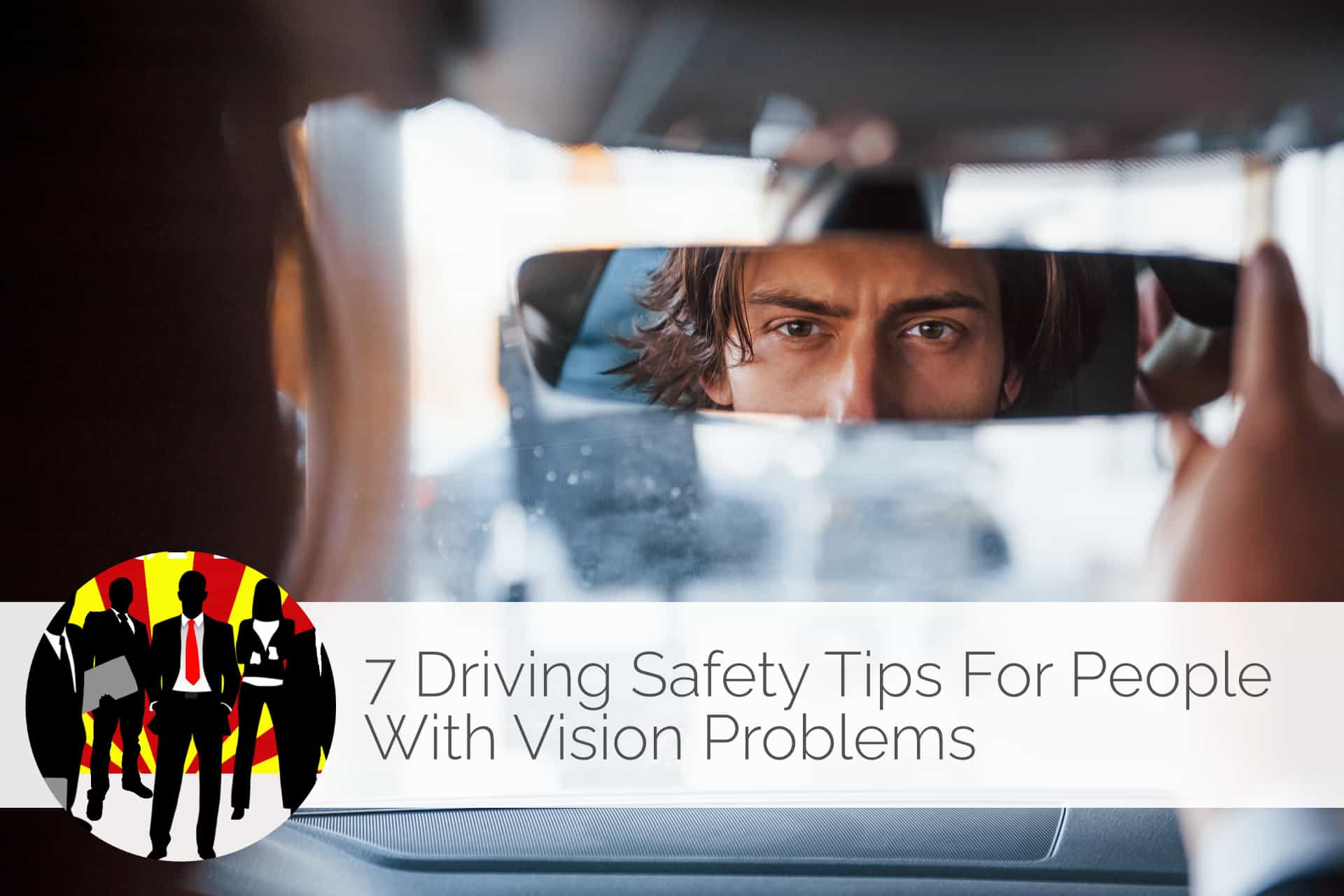Driving Safety Tips For People With Vision Problems
If we had our way, we would like to drive for the rest of our lives. Nature, however, does tend to be uncooperative. As we age, some of the abilities that make us such decent drivers for most of our lives just go away gradually. One of the first to start fading would be our vision, and it doesn’t take a genius to figure out that safe driving dictates that people with sharp eyesight should be behind the wheel.
However, even as our vision starts to fail, few actually decide to give up driving. After all, driving a vehicle represents independence, and no person who has driven all his or her life would want to surrender that privilege.
If you’re one of those drivers with vision problems and you want to keep on driving, then you could use some of the driving safety tips listed below.
1. Make sure your spectacles are up-to-date
Many people with vision issues manage to continue driving by wearing the best eyeglasses available. However, since vision loss tends to be progressive, you have to make sure that the spectacles you use for driving are up-to-date. It would also be great if your driving glasses have features such as contrast enhancement and glare control in case you’re driving directly into the sun’s glare or looking through a dirty windshield.
2. Keep your windshield clean and clear at all times
It’s challenging enough to drive through busy streets with 20/20 vision and a clean windshield. Imagine how tough driving is going to be when your eyesight is failing, and your windshield has dirt on it. Visits to the neighborhood car wash should be a regular thing to make sure the windshield is in pristine condition to make driving with poor vision a little easier and more comfortable.
3. Use a GPS device
When driving, a person would normally be on the lookout for directional signs. While doing so wouldn’t be much of a problem for those with perfectly good vision, those with eyesight issues will tend to fail to process what’s going on elsewhere visually, and that could contribute to or directly cause a vehicular mishap.
With a GPS device that gives outspoken directions, drivers with vision problems won’t have to look all over the place for signs. They can keep their full attention on the traffic around them and won’t be distracted anymore.
4. Slow down
Driving close to the speed limit is okay, that is, if your vision is at a hundred percent. Common sense dictates that if vision loss is starting to get the better of you, cutting back on the speed and staying in the slow lane should lessen your risk of getting involved in an automobile mishap.
5. Buy a car with night vision systems
Sooner or later, you will be buying a new car. If you can afford it, we recommend that you take models with night-vision systems into consideration. Once you purchase such a car and have it registered, you will enjoy its features such as its capability of detecting people and animals using infrared cameras. The technology on these cars also allows them to project an image of the people and animals they detect on the dashboard or windshield, alerting you to their presence.
6. Reduce or give up night driving
According to the National Highway Traffic Safety Administration (NHTSA), about 49 percent of fatal car crashes happen at night. While that statistic seems to suggest that driving during the day is just as dangerous, we have to consider the fact that there’s less traffic on the roads at night.
Even with reduced traffic, night driving is inherently dangerous. For people with failing vision, driving at night is even riskier. Some drivers with eyesight problems continue night driving but with a much-reduced frequency. Others, especially those whose vision is getting worse by the day, simply give up night driving altogether to ensure they can never hurt themselves or anybody else on the road.
7. Get LASIK surgery
Eyeglasses and contact lenses may help you with your vision, but they can be cumbersome and temporary. LASIK eye surgery, on the other hand, has proven to be a much more effective and permanent solution. Satisfaction among LASIK patients is high, and that should encourage you to consider it as a way of improving your driving vision.
Trying to drive even with vision loss is admirable, and it’s only right for a driver with eyesight issues to be given all the chances he or she can get to continue driving. However, if the vision loss becomes worse, then perhaps it’s time for that individual to give up driving completely. It is imperative for all of us to understand that if our vision is not getting any better, retiring from driving is the only way we can ensure our safety and that of others.












